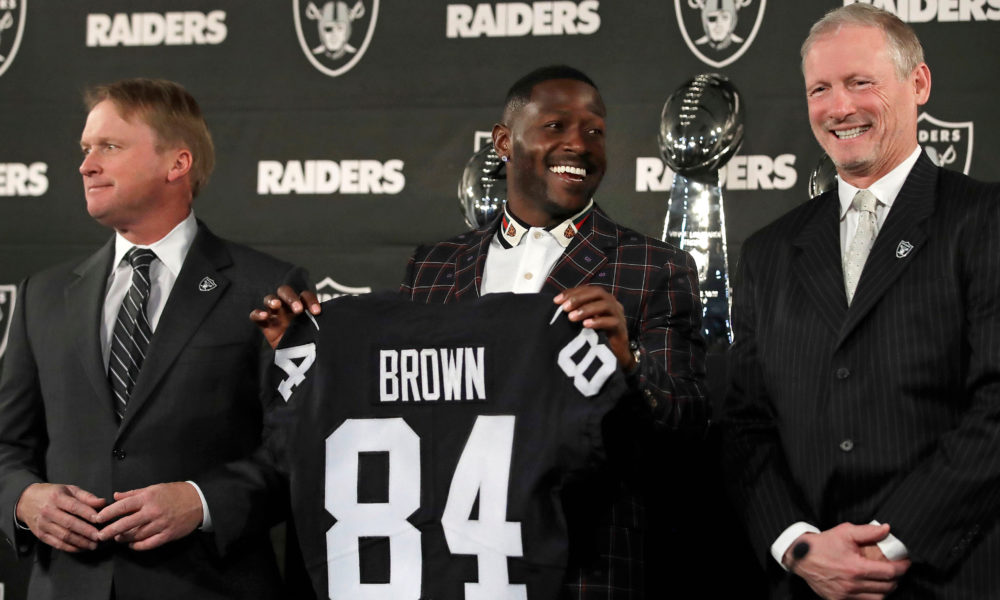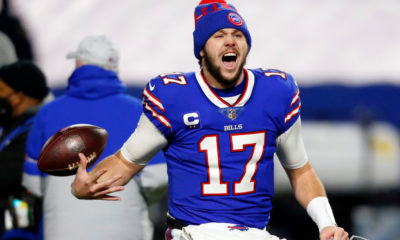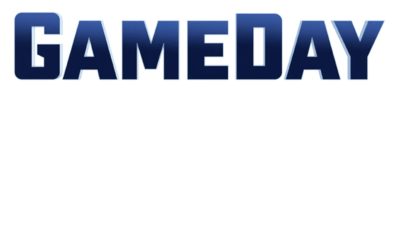
Roster building in the NFL is a year-round occupation.
We’ve safely put the combine and the initial burst of free agency behind us. Barring late trades or releases, most NFL rosters are about 60% complete, leaving additions and subtractions for the draft and pre and post-camp roster cuts. You may or may not be happy with your team’s additions or subtractions. You’ve probably analyzed the impact of these changes to your team’s style, concept and on-field play.
So, given all this activity, what’s wrong with making predictions in March?
To explain, let’s begin with the draft, as it’s the next item on the NFL’s offseason “to do” list.
By now, your team has scoured the college football ranks and presumably done a fair amount of research on potential draftees. It has decided, through scouting, film and hearsay who the strongest, most game-changing prospects are and where in the draft they could potentially be selected.
Depending on the team’s most-pressing needs, roster additions are often most relevant at this time, as a vast majority of players are drafted into the NFL as opposed to other means. Starting quarterbacks are routinely taken in the first round of the draft, and as the most consequential position in the game, they provide immediate changes – hopefully upgrades – to a roster. Other positions, while not of the same import as quarterback, can be difference makers, whether positive or negative. This is why draft order is determined by the previous season’s records; the worst teams are put in a position to enhance their roster immediately at a fraction of what similar free agent spending might cost.
Post-draft castoffs, or players that are jettisoned by their teams immediately after the draft, are often viewed with a jaundiced eye, as they’re commonly viewed as being too flawed or subpar when compared with the draft pick or free agent that’s replacing them. These players are generally not starters; they’re moved around for their special teams ability or for a specific skill, such as straight-line speed.
Post-June 1 cuts are a bit different, as many of the players that fall victim to it do so simply because they make, in a team’s view, too much money. Sometimes, the price of releasing a player for financial reasons is undercut by the loss of that players’ abilities. Teams need to be very prudent and do their research, as useful players can still be found in this venue with a lesser price tag than they previously may have had.
And then there’s pre- and post-camp roster cuts. These are generally composed of aging, past-their-prime veterans, late-round draft picks or players that simply do not fit on a current roster given a surplus or deficiency at a given position.
Trades, although rare in the NFL these days, do occur, and they usually involve draft picks for larger salaries. Consider the case of linebacker Khalil Mack of the Chicago Bears last season: An excellent, game-changing, potential Hall of Fame player in his prime traded just prior to the season opener for several draft picks, including two first-round and two third-round picks. While not ideal for the team losing that player (in Mack’s case, the Oakland Raiders), it does unload the need to pay them, and the hope is that the combination of draft picks will produce results similar to the traded player’s contributions at a fraction of the price. Again, this is a rare scenario, but for the Raiders and Bears, it certainly contributed to their fortunes in 2018, and did so at a much later date than most transactions occur in the NFL.
So, if you’re happy with your team’s free agent pickups and feel it places them above the rest, enjoy that. If you feel your team has missed the proverbial boat and is worse off after free agency defections, don’t despair. As with all things in the NFL (especially most salaries), nothing is guaranteed, including success and failure, at this point in the offseason.
Be patient.


















Facebook
Twitter
RSS